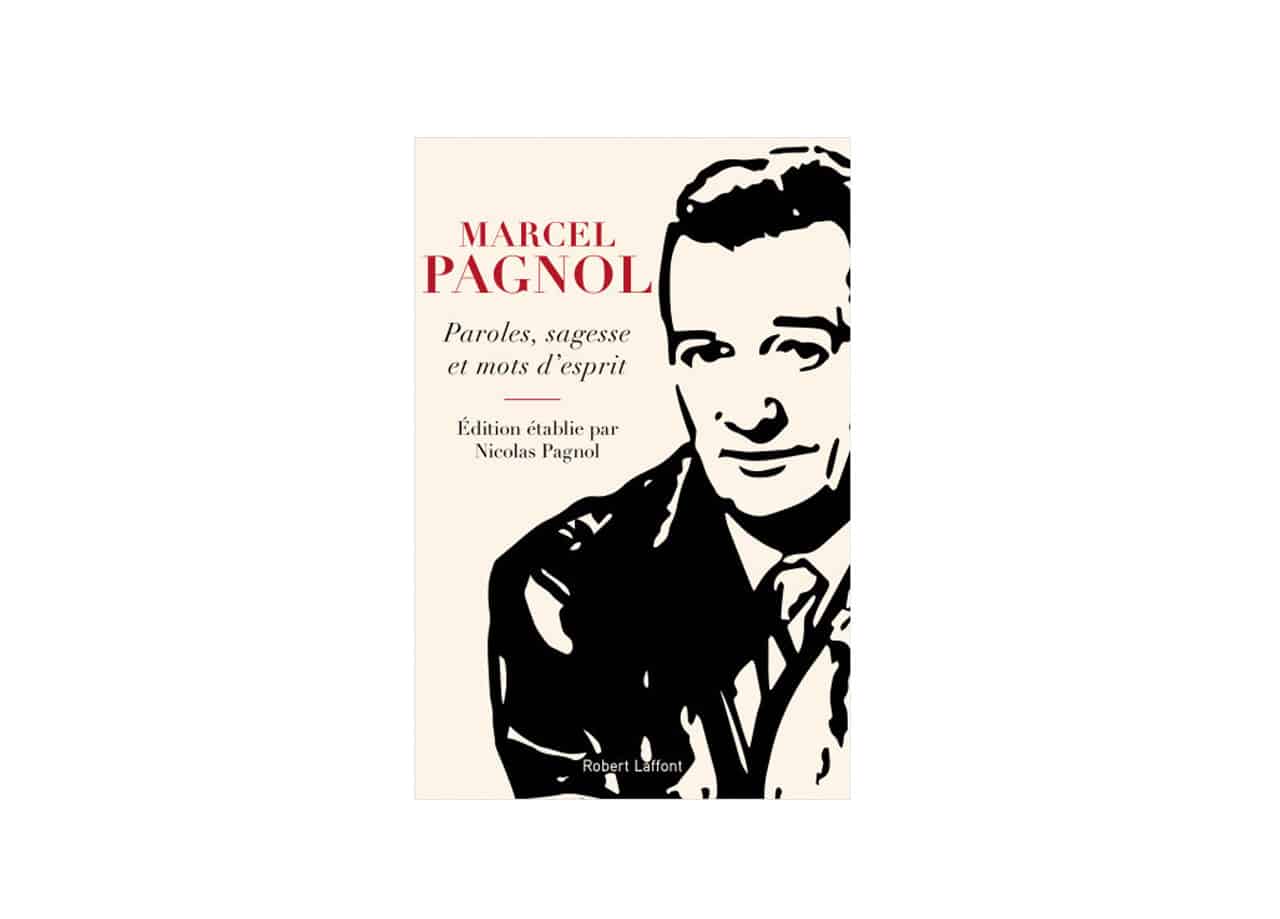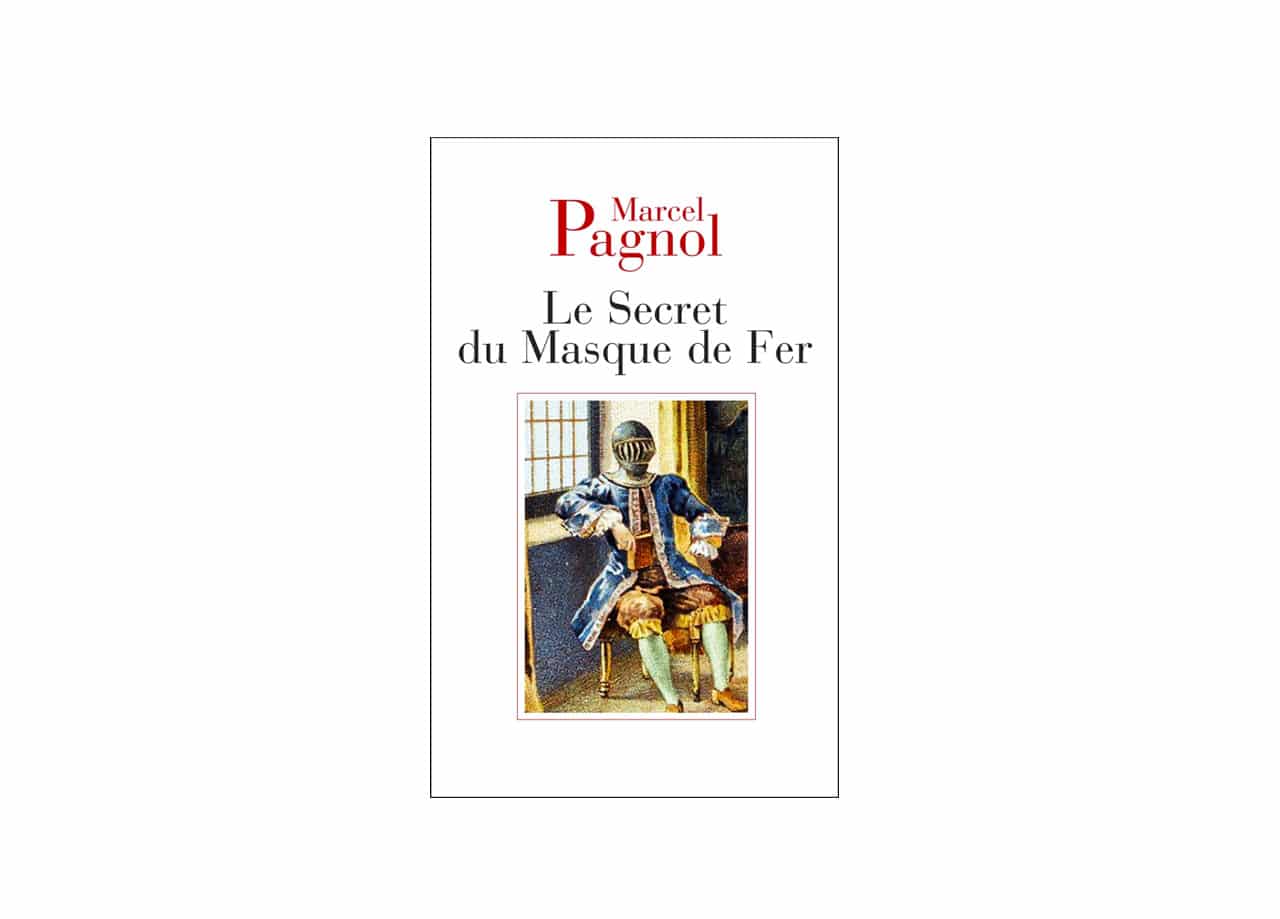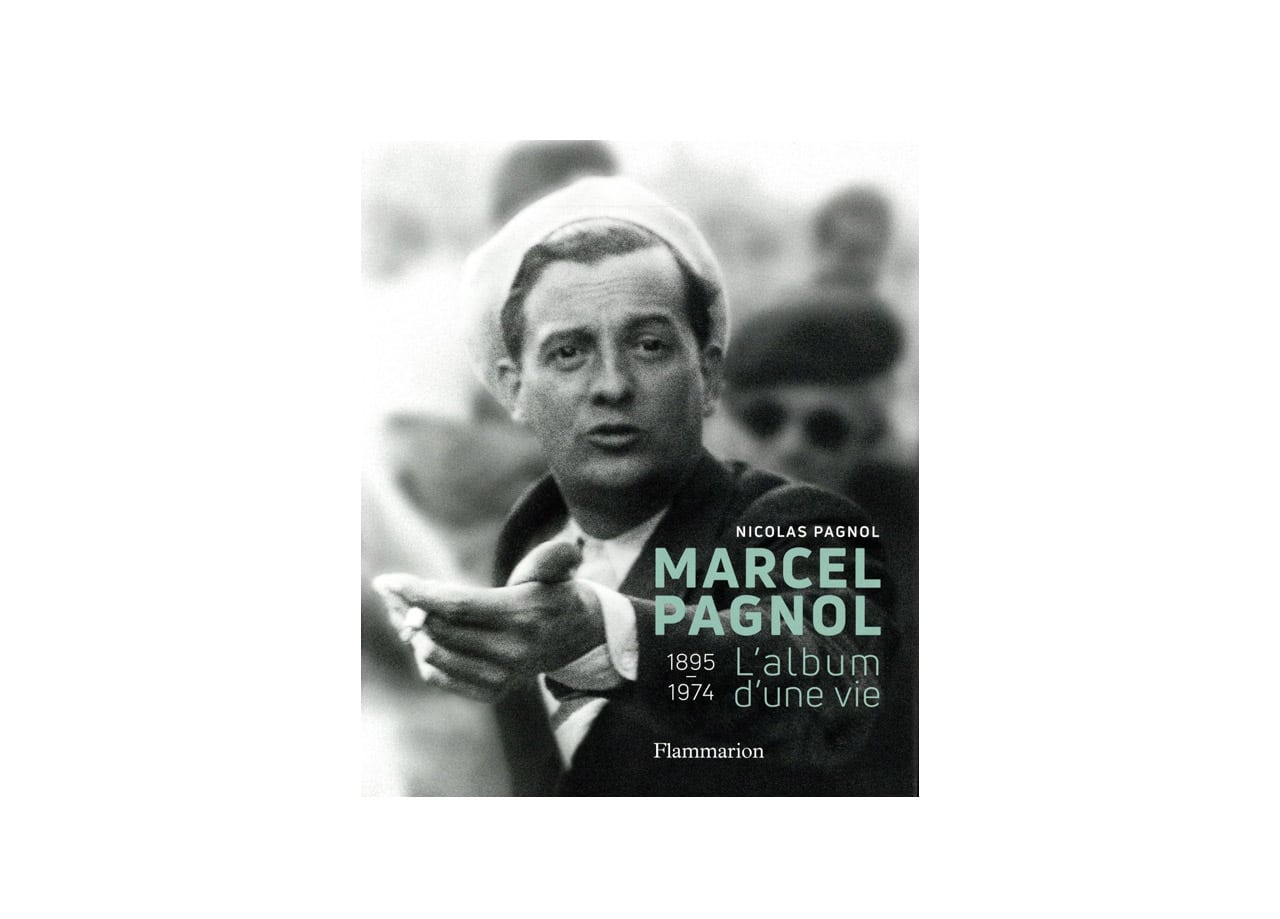
Words of wisdom and wit
23 February 2023
Investigation of the writer on the enigma of the man with the iron mask.

On November 19, 1703, after a long captivity, a prisoner whose name and reason for imprisonment were unknown died in the Bastille. Marcel Pagnol tried to find out the secret. And this is how he presents his story:
“The story of the masked prisoner puts on stage characters who are all of powerful originality; Louis XIV, Louvois, Charles II, Saint-Mars, Fouquet, Lauzun, the dreadful Nallot, the poor La Rivière, the silent Major Rosarges, Antoine Rû, the Provençal key-bearer, and the methodical du Junca, whose spelling is a delight, and who wrote, we are told, letters to Mme de Sévigné! The first duty of the historian is to re-establish the truth by destroying the legends. Without him, the history of peoples would be only a vast poem, where the facts, enlarged and dramatized by the imagination of the crowds, greatly embellished or invented by the flatterers of the kings, would shine, color of gold or blood, in a luminous haze.”
Buy onlineo the Princess received this stranger and sent him to her brother with a letter of recommendation? This is totally implausible!
Marcel Pagnol
In the 1960s, Marcel, who has always been passionate about history, immerses himself in the enigma of the Iron Mask. He is convinced that his work as a historian will make him a household name, more than his novels or films.
Historical essay. Monte Carlo, Pastorelly, 1964. Edited under the title Le Secret du Masque de fer, ibid, 1973.
Paris, Editions de Provence, 1964.
Scrupulous and well-documented historical study on the mysterious character imprisoned by Louis XIV throughout his life. With the help of academician friends working at the Vatican, Marcel Pagnol thought he had cracked the mystery: the Iron Mask was none other than the king’s twin brother. This explains the relentlessness and the mask that hid a face identical to the royal face. Published in 1965, Marcel Pagnol took it up again in 1973 under the title “THE SECRET OF THE IRON MASK” having found other elements to support his thesis.
The king finds it good that you spend islands in the Bastille with your former prisoner, taking your precautions to prevent him from being seen or known by anyone.” It is thus a known face and there is, in the letters quoted above, a very remarkable sentence. On the eve of the departure for the Bastille, the minister writes: “By taking your precautions so that it is not seen nor known of anybody”. Doesn’t “known” here mean “recognized”? The philosophy textbooks, in high school, told us: “To know is to recognize.” Moreover, when I say that this man is known, it is perhaps not enough to say. That this face is hidden under a mask and in a litter on the outskirts of Paris, that it is hidden from Lauzun, from du Junca, from the doctor at the Bastille, proves that he must be known in Paris. That he was hidden so carefully from the old priest of Exiles, from the sentries, from the soldiers of the escort, from the Provençal peasants that one could meet on the road between Exiles and Sainte-Marguerite, that he was hidden from the peasants of Palteau, is proof that this face is famous. At a time without photographs, without illustrated newspapers, without cinema and without television, the only face recognizable everywhere was that of the king, which everyone had in their pocket, on their coins.

23 February 2023
